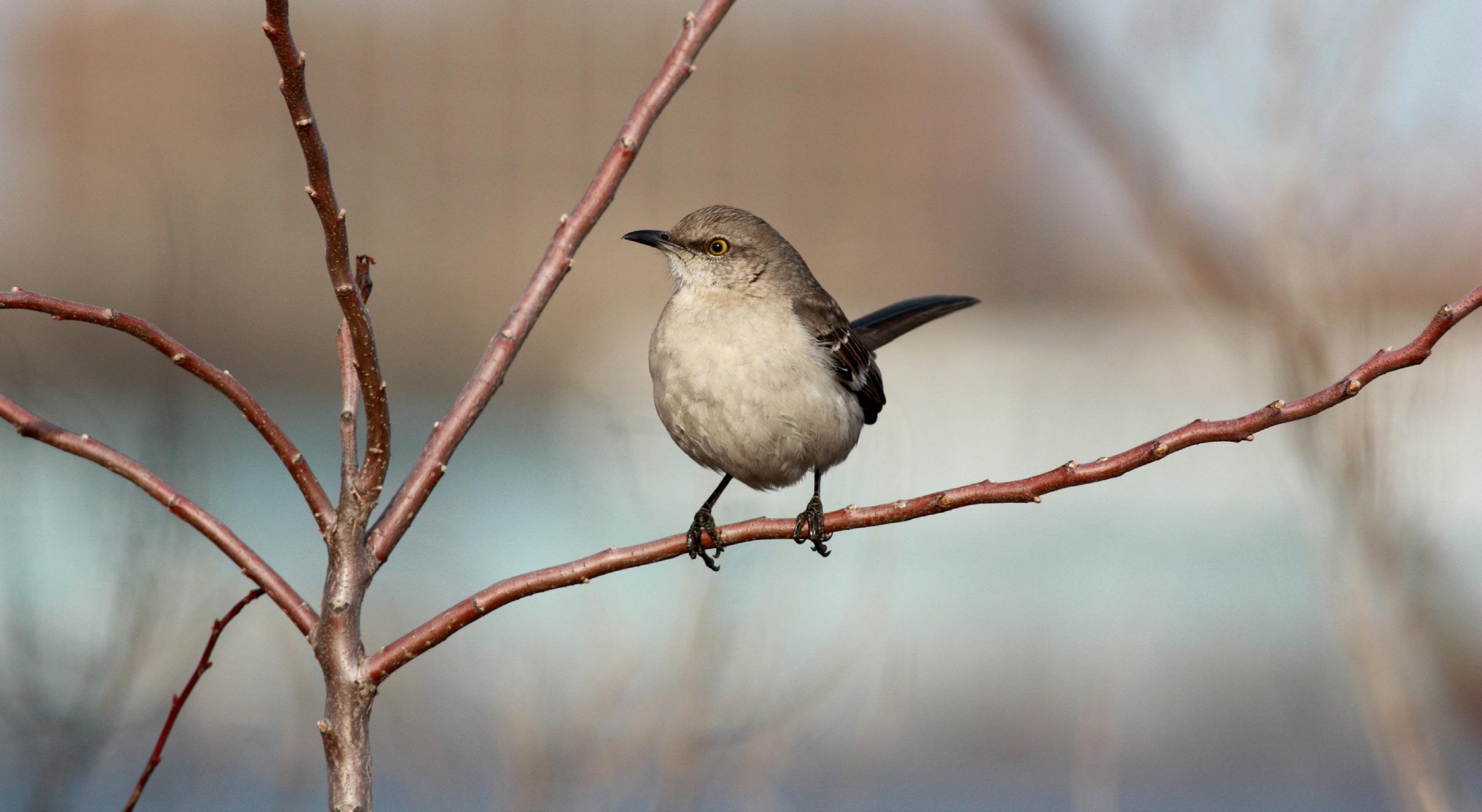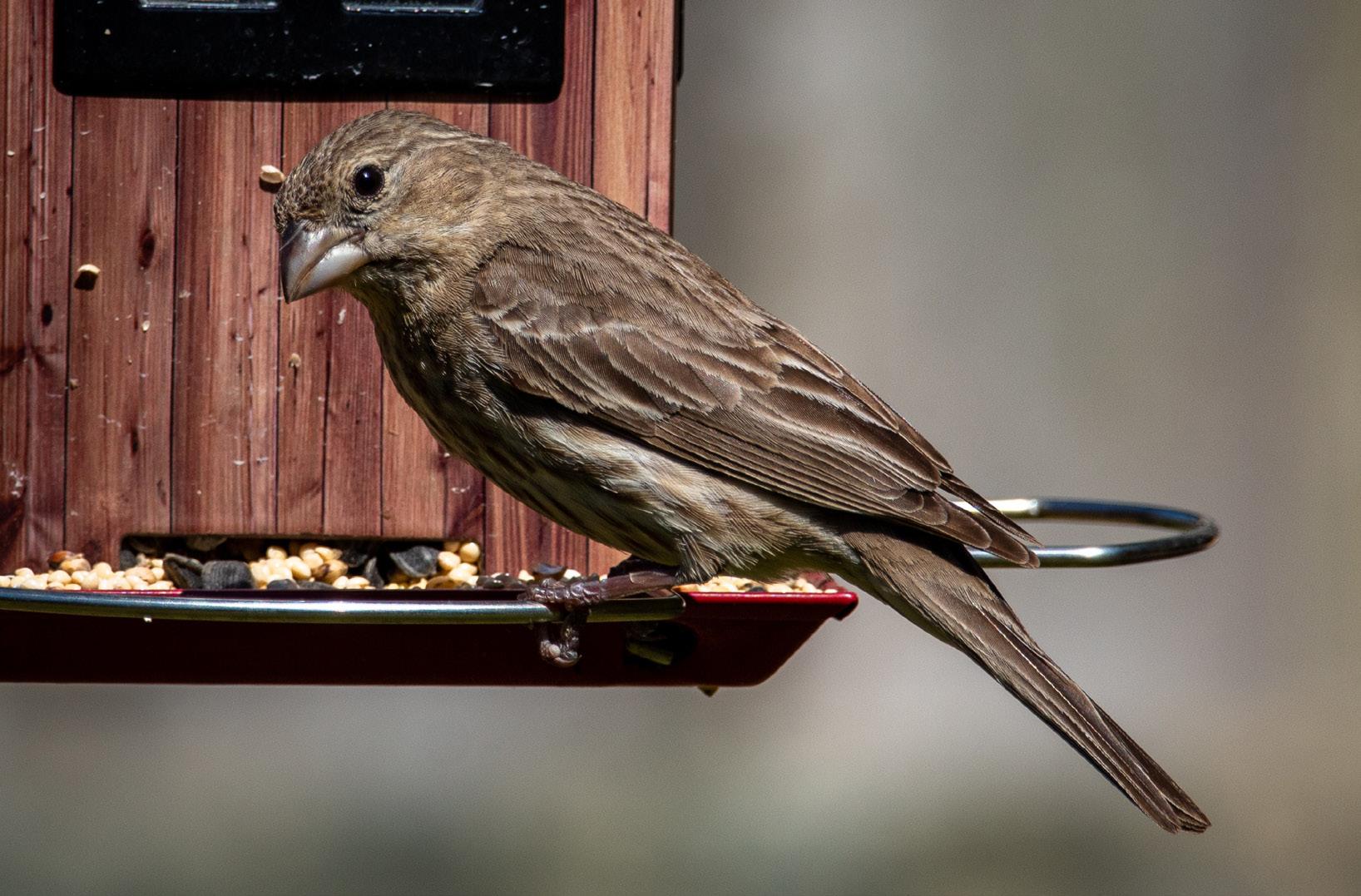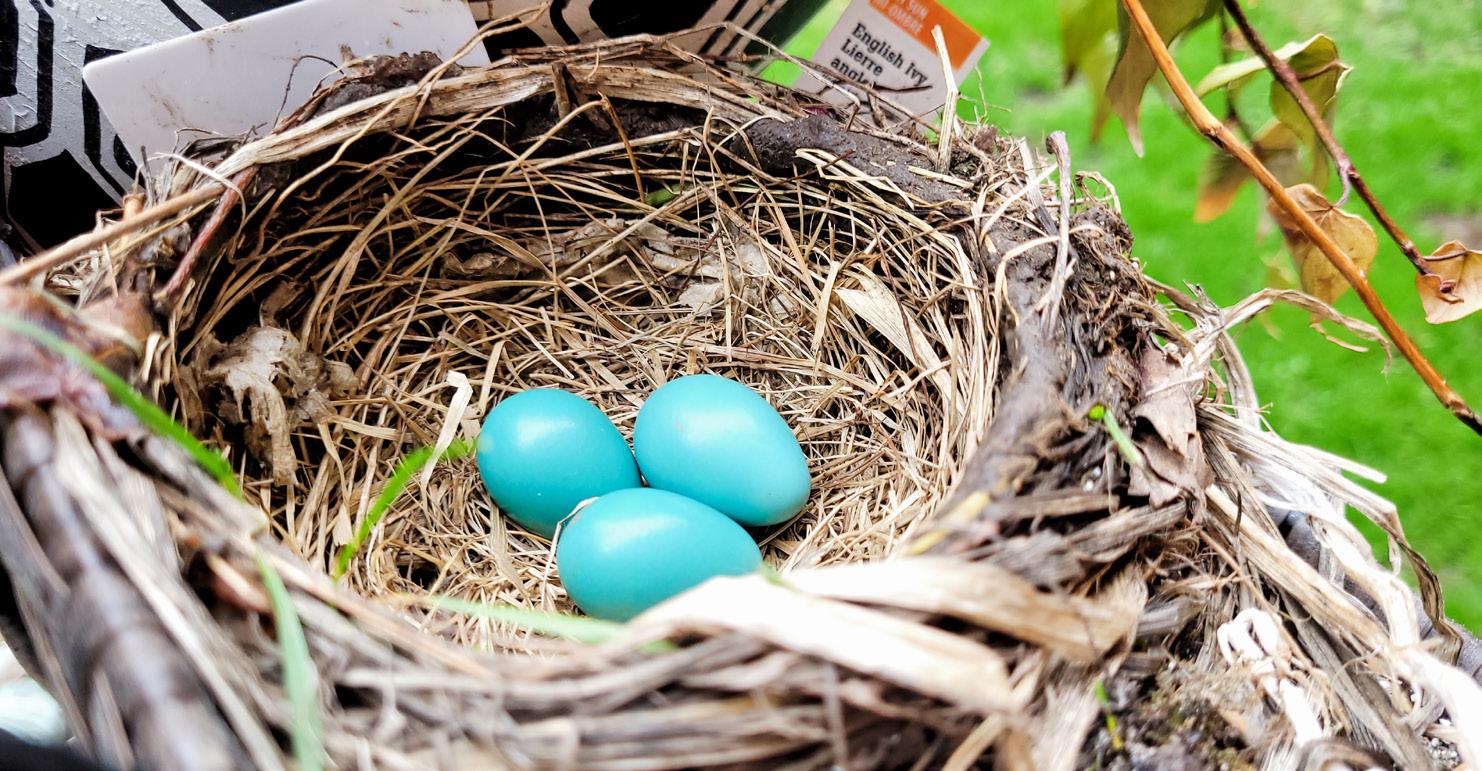
3 minute read
How It Works
Going to the Birds
By Maureen Brady Weir
It may be winter, but spring is right around the corner—which means it’s almost time for the busy bird migration and nesting seasons. It won’t be long before we start to see more birds visiting our neighborhood on their way up north or building nests to welcome in their next brood of chicks. After all, we all know that Queen Village is a great place to visit and raise a family.
If you want to attract more birds to your home environment this spring, now is the time to start preparing. Giving nature a helping hand means having a good plan in place, so you are ready to go when the time is right. Besides, there is no better way to beat the winter blues than planning for the warmer days ahead.
Develop a Solid Feeding Plan
Migrating, finding a mate, and building a nest is certainly enough to work up an appetite. If you have been feeding birds throughout the winter, plan to keep your feeders out in the spring season as well. Just be sure to give them a good cleaning. The National Wildlife Health Center recommends regularly cleaning feeders; use a solution of nine parts water to one part bleach and then dry them thorough-
ly before putting them back out.
If you plan to purchase a feeder, do the legwork now so you’re ready to go in March, when the birds start getting down to business. Consider feeders with a tray, as falling debris can sometimes attract squirrels and other rodents. If you live in an apartment or a condo, think about a window-mounted feeder or one that can be easily installed on a balcony railing.
When it comes to planning a spring menu, go with a high-quality mix of black oil sunflowers (50 to 60%), white millet, and safflower or striped sunflower. This will provide a good variety to attract different types of birds. Avoid feed with an abundance of cheap mix fillers, sometimes noted in the ingredient list under the generic term “grains.” Other fillers include milo, wheat, rapeseed, oats, and canary seeds. You can also put out fresh fruit, including orange and apple halves, or even dried fruit. Just be sure to remove the seeds and pits, which can be harmful to birds.

Get Ready for the Nesters
Provide a nesting box and some birds will move right in. The key is to make sure you do your homework now and choose the right box for the right birds. For instance, don’t go with a bluebird nesting box, as bluebirds tend to stay away from urban areas. Instead, focus on a box with entry holes and dimensions suited for our local city birds, including sparrows, wrens, mockingbirds, and starlings, to name a few. Be sure to choose a box with good drainage, ventilation, and an overhang to keep the nest nice and dry.
Keep in mind that not all birds use nesting boxes. For example, robins prefer flat surfaces, so consider a nesting shelf, which is like a nesting box but with the front panel removed. Also, some birds, such as cardinals, prefer dense plants, trees, and shrubs, so factor this in when planning your spring container gardens and window boxes.
Now is also a good time to start stockpiling your pet’s fur, which makes great nesting material. Hang the fur outside in a suet cage or simply place it out on the ground. You can also put out dead twigs, small pieces of yarn, dried leaves, feathers, and moss, but avoid dryer lint, cellophane, or plastic strips, which, although sometimes used by birds, aren’t the best building materials.

Create Harmony in Your Home Habitats
Not all birds use feeders or nesting boxes, so start planning an urban garden that will support their needs. Create a list of spring plants to buy that will serve as both food sources and effective covering, such as coneflowers, black-eyed Susans, milkweed, asters, and native grasses. Also, consider planting strawberries on your roof deck or small shrubs in your sidewalk containers.
The bottom line is that if you build it, the birds will come, so plan now and reap the benefits in the spring. For more information on seasonal bird migration and nesting in our area, visit the Audubon Mid-Atlantic website at pa.audubon.org or plan a visit to the Audubon Discovery Center in East Fairmount Park. They have winter hours and a knowledgeable staff on hand to answer all your bird-related questions. ■








